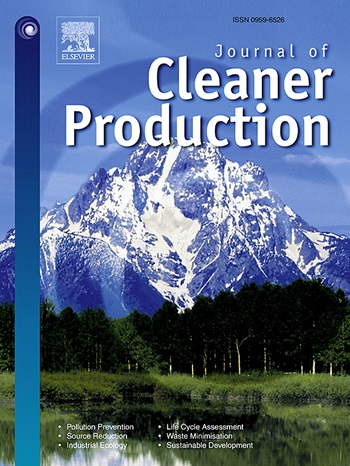The application of membrane biofilm reactor for carbon emission reduction: A waste-to-waste strategy
IF 9.7
1区 环境科学与生态学
Q1 ENGINEERING, ENVIRONMENTAL
引用次数: 0
Abstract
The escalating global climate crisis, driven by greenhouse gas emissions such as methane and carbon dioxide, necessitates the development of efficient, economical, and sustainable carbon reduction methods. Membrane biofilm reactors (MBfRs) utilizing gaseous substrates exhibit several advantages in wastewater treatment and hold significant promise for the utilization of waste gas as a resource. This review focuses on the operational principles and process characteristics of MBfRs, evaluate their carbon reduction potential, particularly in methane and carbon dioxide utilization, and highlight the latest advancements in using MBfRs for integrated treatment of wastewater and waste gases. Key findings indicate that MBfRs efficiently utilize methane and carbon dioxide as electron donors and carbon sources, achieving high methane utilization rates and concurrently removing a range of oxidizing contaminants, including nitrates, perchlorates, and selenates. Furthermore, CO2 within MBfRs functions as a pH regulator and a carbon source for microbial fixation, thereby contributing to carbon fixation and resource recovery. Theoretical analyses and process comparisons suggest that MBfRs have the potential to significantly enhance carbon fixation. Additionally, the incorporation of MBfRs into flue gas treatment systems holds promise for the simultaneous removal of CO2, NOx, and SOx, along with heavy metals, providing a holistic approach to waste gas management. Despite these advancements, the large-scale deployment of MBfRs necessitates a further comprehensive cost-effectiveness assessment and an in-depth investigation into the mechanisms underlying the simultaneous treatment of wastewater and waste gases.

应用膜生物膜反应器减少碳排放:变废为宝战略
甲烷和二氧化碳等温室气体排放导致的全球气候危机不断升级,要求开发高效、经济、可持续的碳减排方法。利用气态底物的膜生物膜反应器(MBfRs)在废水处理中表现出若干优势,在废气资源利用方面具有重要的前景。本文综述了MBfRs的工作原理和工艺特点,评价了其减碳潜力,特别是在甲烷和二氧化碳利用方面的潜力,并重点介绍了MBfRs在污水和废气综合处理方面的最新进展。主要研究结果表明,MBfRs有效地利用甲烷和二氧化碳作为电子供体和碳源,实现了高甲烷利用率,同时去除一系列氧化性污染物,包括硝酸盐、高氯酸盐和硒酸盐。此外,mbfr内的CO2作为pH调节剂和微生物固定的碳源,从而有助于碳固定和资源回收。理论分析和工艺比较表明,mbfr具有显著增强固碳的潜力。此外,将MBfRs纳入烟气处理系统有望同时去除二氧化碳、氮氧化物和硫氧化物以及重金属,为废气管理提供了一种全面的方法。尽管取得了这些进展,但大规模部署MBfRs需要进一步进行全面的成本效益评估,并对同时处理废水和废气的机制进行深入调查。
本文章由计算机程序翻译,如有差异,请以英文原文为准。
求助全文
约1分钟内获得全文
求助全文
来源期刊

Journal of Cleaner Production
环境科学-工程:环境
CiteScore
20.40
自引率
9.00%
发文量
4720
审稿时长
111 days
期刊介绍:
The Journal of Cleaner Production is an international, transdisciplinary journal that addresses and discusses theoretical and practical Cleaner Production, Environmental, and Sustainability issues. It aims to help societies become more sustainable by focusing on the concept of 'Cleaner Production', which aims at preventing waste production and increasing efficiencies in energy, water, resources, and human capital use. The journal serves as a platform for corporations, governments, education institutions, regions, and societies to engage in discussions and research related to Cleaner Production, environmental, and sustainability practices.
 求助内容:
求助内容: 应助结果提醒方式:
应助结果提醒方式:


